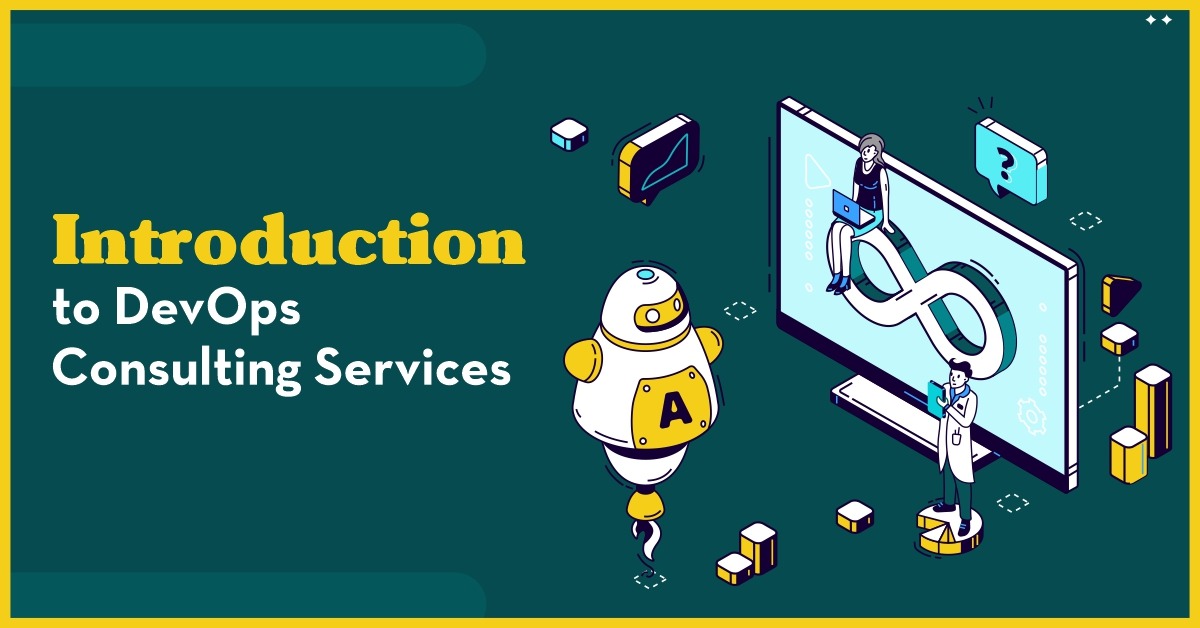HealthTech trends for 2023, what to expect
What to expect in 2023 for the Healthtech industry? Medical practice owners and operators know it is prudent to examine healthcare technology trends periodically. The aim is to carve out some time in their already packed schedules to understand better what is to come. This can assist you in supporting your bottom line in the following year. Are local patient demographics changing, or are experts predicting a challenging flu season next year? What about upcoming technology trends that could affect your firm or medical professionals? While much medical training remains relevant over time, you must participate in continuing education to maintain your certification. One aspect of medicine that never stays the same for long is the technology and equipment that are so important in diagnosing, treating, and supporting the patients in our care. This is why we have listed the top Healthtech trends to watch for 2023 below. A significant source of concern for medical practices since the epidemic has been a surge in staff shortages as healthcare workers retire or relocate, as seen in treatment facilities. It’s been especially hard on California and New York, where the healthcare workforce might shrink by 500,000 professionals by 2026. As a result of the shortfall, medical offices are scrambling to complete billing in a more effective and timely manner. According to Medgadget, the worldwide medical billing outsourcing industry is expected to grow at a CAGR of 12.5% by 2023. This indicator may encourage you to outsource medical billing, which will allow healthcare providers to obtain more control over their bottom line. Because clinics are frequently unable to hire as many billing staff members as they would want, it makes logical to outsource this work to a third-party medical billing business. Artificial intelligence is making waves in several industries today, including healthcare. When you call a company short on human customer care employees, you may engage with AI, or your bank may utilize artificial intelligence to pre-qualify you for a loan. AI has already been used in medicine to speed up medical billing and revenue collection. These healthcare technology advancements are achievable because artificial intelligence can rapidly review massive amounts of unstructured patient data and identify meaningful links for healthcare businesses. According to Insider Intelligence, artificial intelligence (AI) may automate administrative activities in a medical office, such as preauthorizing insurance and keeping patient records organized. AI can also analyze data from patient gadgets such as smartwatches and glucose monitors, keeping track of minutiae humans cannot understand in real-time. One key aspect of technology to bear in mind is the capacity to monitor your patients remotely. As the healthcare business evolves, digital health solutions will undoubtedly improve patient outcomes in the future. In 2023, it will be much easier to attach a heart monitor to a patient for an in-home study rather than stay in the hospital for several days. From the comfort of their office, healthcare providers can view the vital data of their patients who are still at home. The emergence of the global coronavirus that produced COVID-19 infections created significant disruptions in many areas of the economy and significantly impacted medical practices and healthcare technology trends. Many patients canceled their appointments because they were afraid of spending time in a waiting room with other people who might be infected, let alone in-person meetings with receptionists, nurses, and doctors. As a result, telemedicine usage rose as a mechanism for doctors to continue seeing patients, although in a limited capacity. Telemedicine which is already a big deal, will become more popular. According to a Healthcare Dive analysis, the expenses of telehealth medical services might climb by 265% between 2020 and 2023, from $29 billion to $106 billion. Patients with chronic diseases, in particular, are expected to be the most reliant on telehealth meetings with their healthcare providers, according to industry researchers. Patients are more accustomed to interacting with businesses, their jobs, and schools via smartphones, laptops, tablets, and desktop computers. They would want to interact with your clinic and healthcare providers similarly. According to a growing trend, more consumers will use patient portals linked to their doctor’s EHR system in 2023. The program enables patients to enter your system and request appointments or medication reauthorizations. It will make things easier for patients and save time for staff. Having stated that, a company that uses software and healthcare technology must protect these systems with monitoring systems like firewalls and anti-malware apps. Increasing security demands may necessitate budget adjustments. In 2023, hackers will try to steal patient information, jeopardizing the security of protected patient data in compliance with HIPAA (Health Insurance Portability and Accountability Act of 1996). It will therefore become increasingly important to engage computer security professionals to ensure the greatest level of network security and patient privacy protection. You can read this article for 2022 trends.
Outsourced billing using cloud computing
Medical Applications of Artificial Intelligence
Patient monitoring via remote access
The practice of telehealth, or telemedicine
Online portals can improve patient engagement
Keeping this in mind is another important consideration









